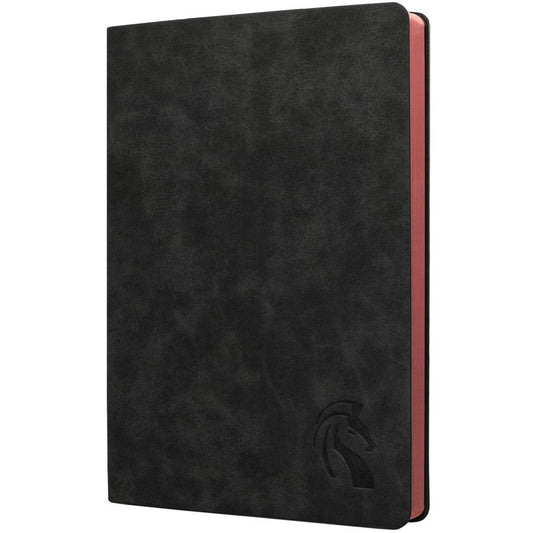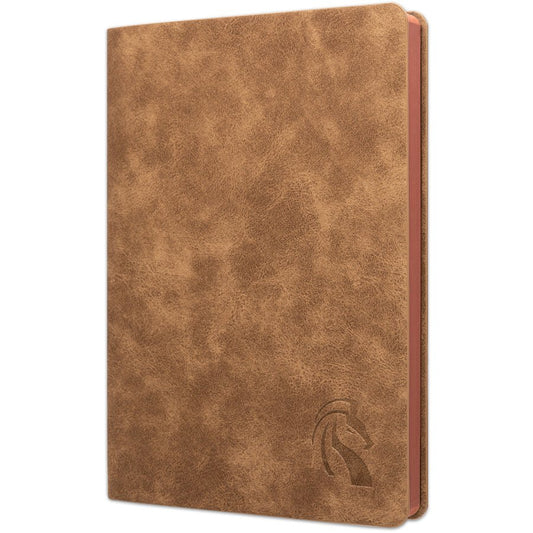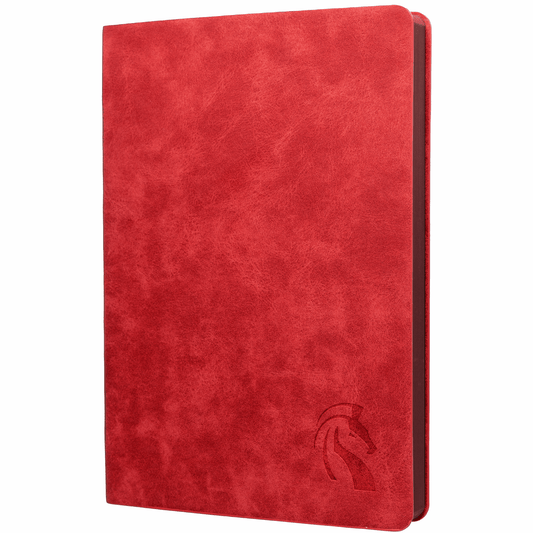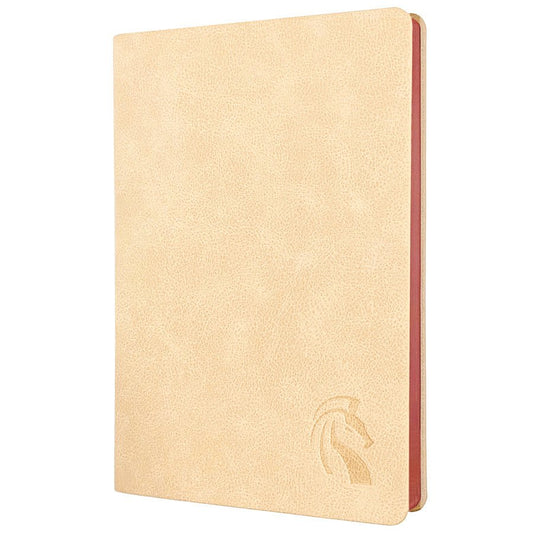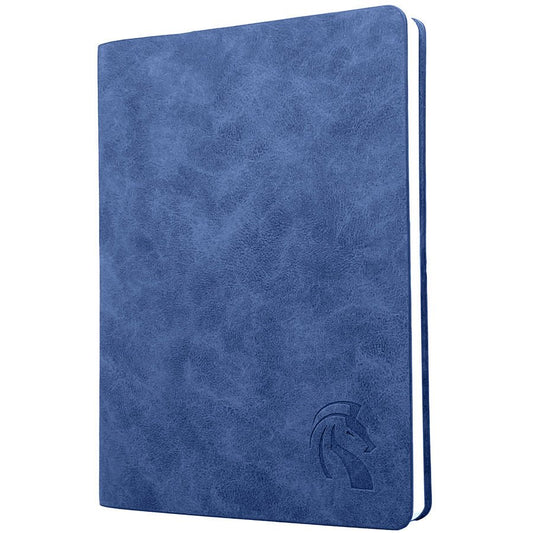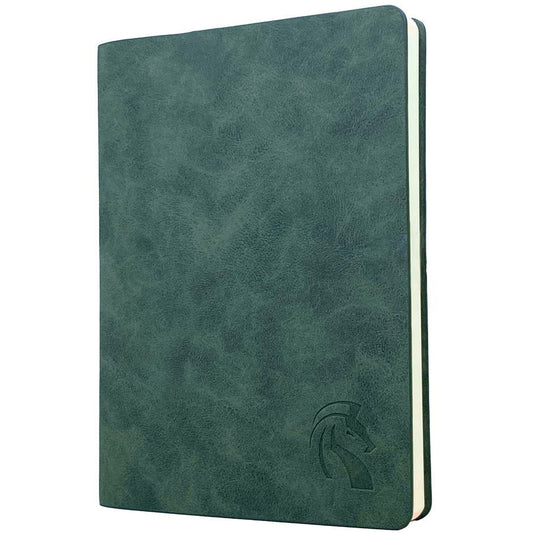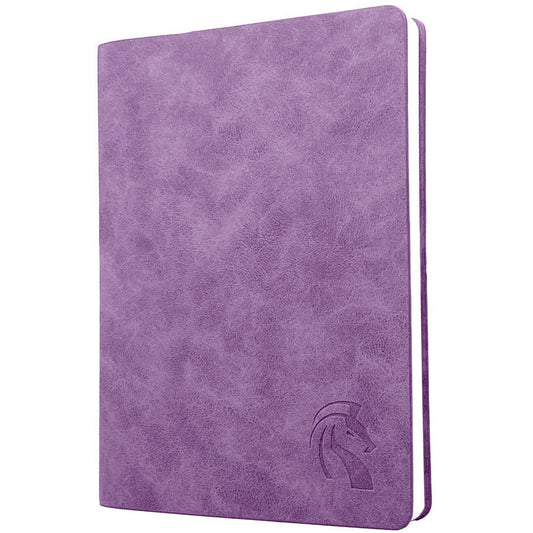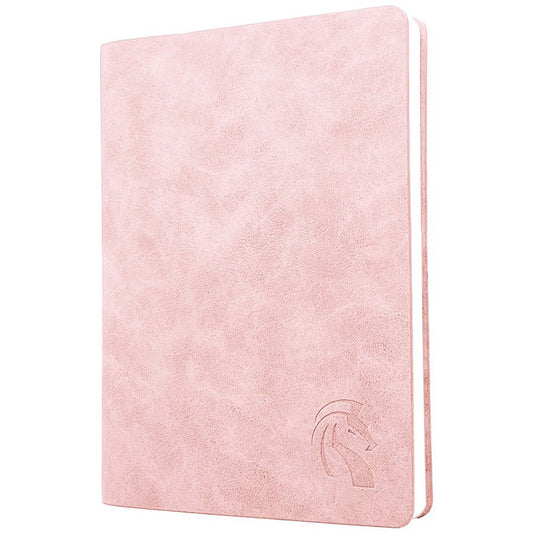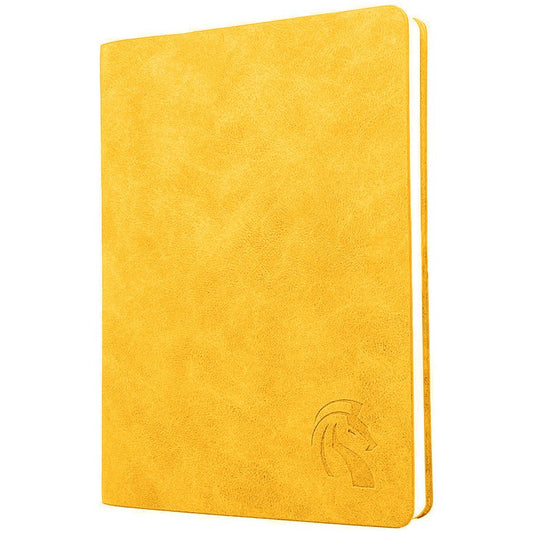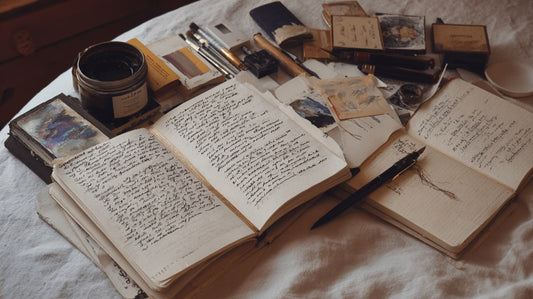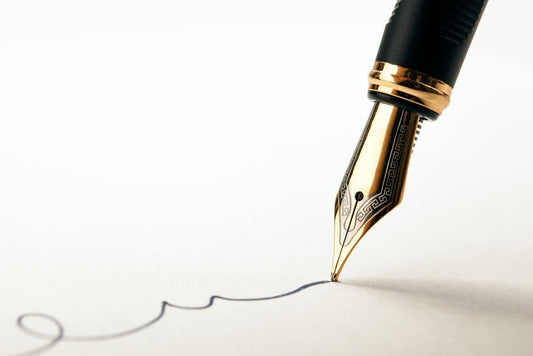
Because of the limited flow of ink, fountain pens may sometimes produce writing that is dry or scratchy. The following is a list of suggestions or procedures that may be taken to correct this issue so that your pen writes as it should.
How exactly do I put ink into a fountain pen that has a converter style?
First Step: Empty the Ink from the Fountain Pen
It is possible that a clogged or partly clogged feed system is the cause of the pen not writing smoothly, regardless of whether the pen is new or old. It is possible for brand new pens to have sediment in them, while the ink in old pens might dry up over time, causing the feed mechanism to get clogged (it is best to clean out fountain pens when they are not being used). The feed of a fountain pen should always be flushed with warm water before using it for the first time, regardless of how old or fresh the pen is. It is important to note that the procedure for cleaning a fountain pen with a cartridge/converter or one with a piston may differ significantly depending on the kind of pen you are using. The removal of any minute particles or dried ink from the system may be accomplished by flushing the pen with warm water. You might even try giving the pen a flush if you want it to be extra cleaner.

Tip 2: Original Field Notes Paper Craft Project
Fill the cartridge in the fountain pen.
You are able to "prime" the ink while using a fountain pen that has a cartridge converter design. In the event that you are making use of a cartridge, merely detach the grip part and then pressure the cartridge so that ink is forced via the feed. With the help of a converter, turn the converter a little bit till ink comes out.
Tip 3 Take Into Account the Paper
There are certain papers that are better at accepting ink than others. While certain papers may absorb an excessive amount of ink, resulting in bleeding and feathering, some papers will not absorb ink at all or just very little. Paper that does not absorb ink will produce lines that are thinner than those produced by inks that absorb more ink. There are several types of paper, some of which are suitable for use with fountain pens while others are not. You may want to think about utilizing one of the Rhodia or Field Notes memento books that we have since they are compatible with fountain pens.
Tip 4 Take Into Account the Ink
The kind of fountain pen ink you use will have an effect on the flow of the ink. There are self-lubricating inks available, such as those made by Sailor Jentle. Other inks include particles that have the potential to block the feed mechanism of your fountain pen, resulting in poor writing quality from the pen. See our comprehensive guide on waterproof fountain pen inks for further information on pens and inks.

5.Repairs for the Sailor Jentle Ink BlackTip
If you have gone through all of the measures outlined above and your fountain pen is still giving you trouble, you may need to send it in for repair or think about investing in a nibmeister. Nibmeisters are able to make adjustments to the nib of a fountain pen so that it produces a more wet line.
Tip 6 Prior to Making the Acquisition
The tips of fountain pen nibs are not all created equal. For example, Japanese manufacturers produce pens with a finer point than those in Europe or the West. The line produced is more precise and uses less ink in proportion to how tiny the nib is. Because there is less ink to lubricate the writing surface when using finer nibs, the writing experience might be rougher than when using larger nibs. Consider going with broader nibs if you'd want your writing to have more flow.

LeStallion PU Leather Journals
LeStallion Soft Cover PU Leather Journals inspires and excites you to write more, allow you to further grow and develop, so you may achieve your goals and dreams!
SHOP LESTALLION
